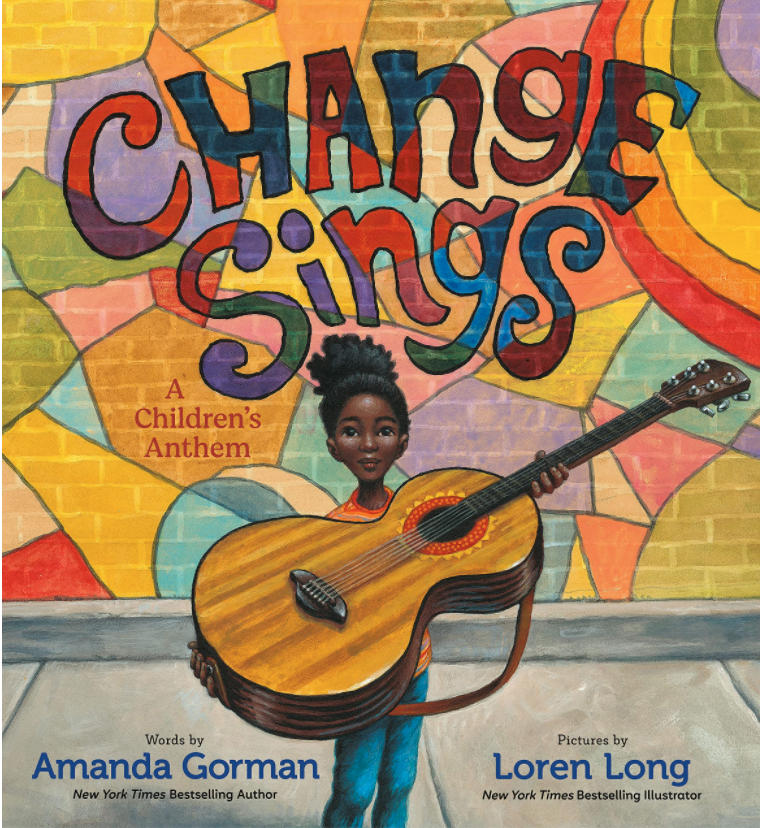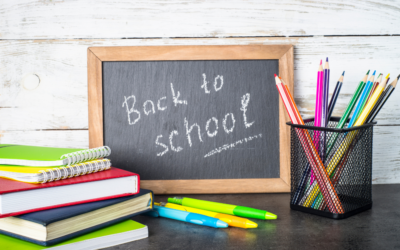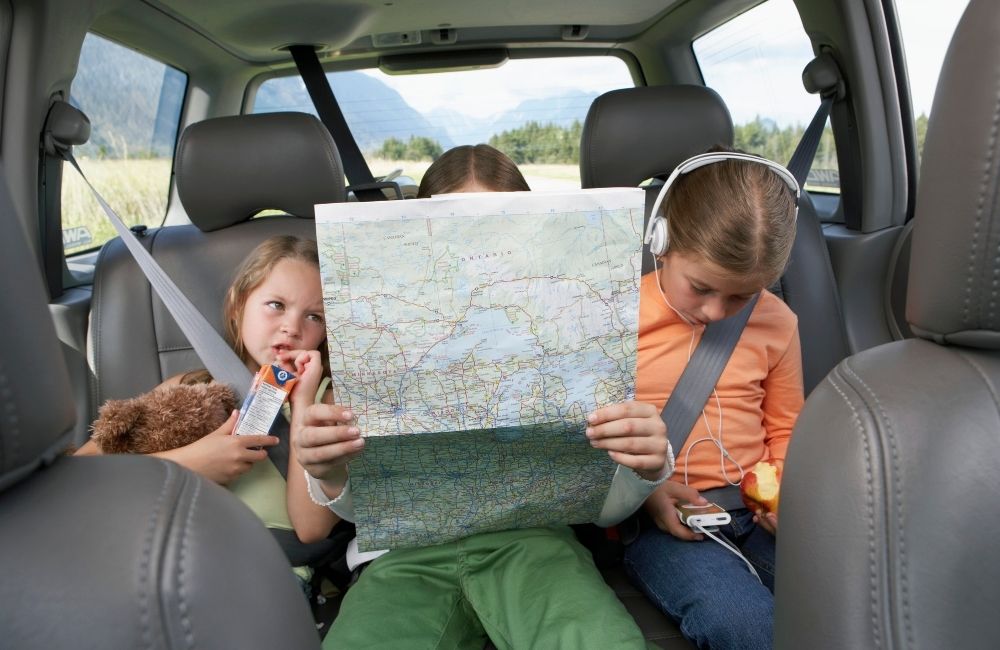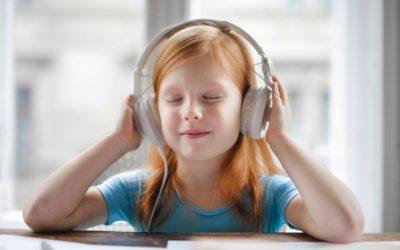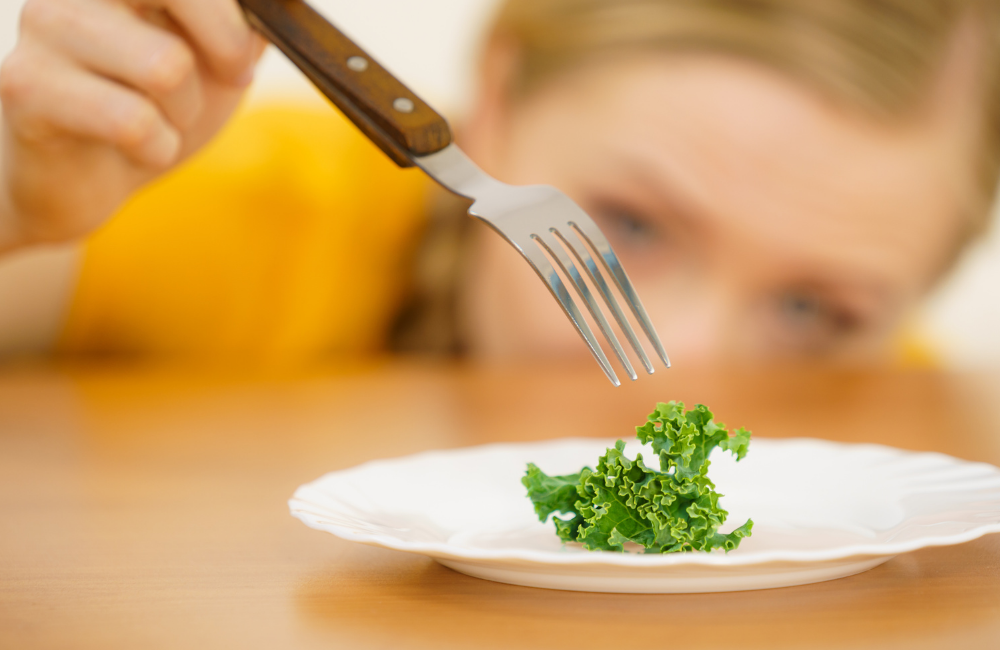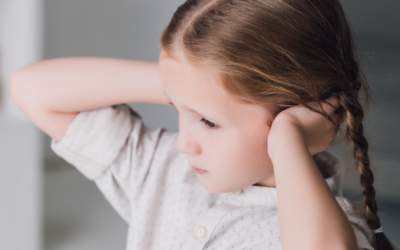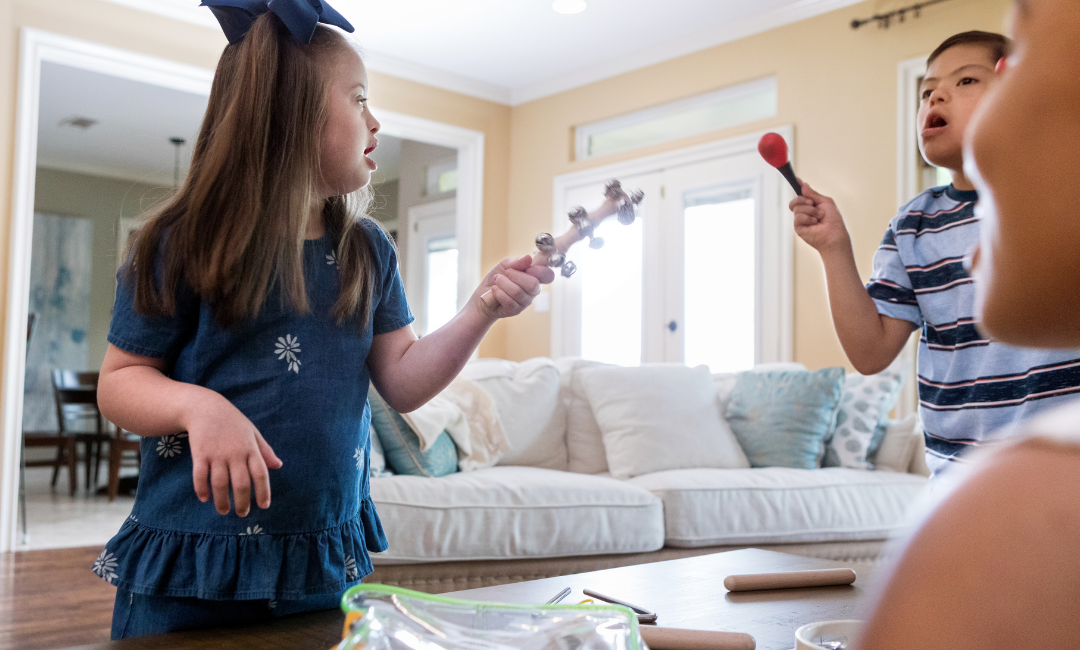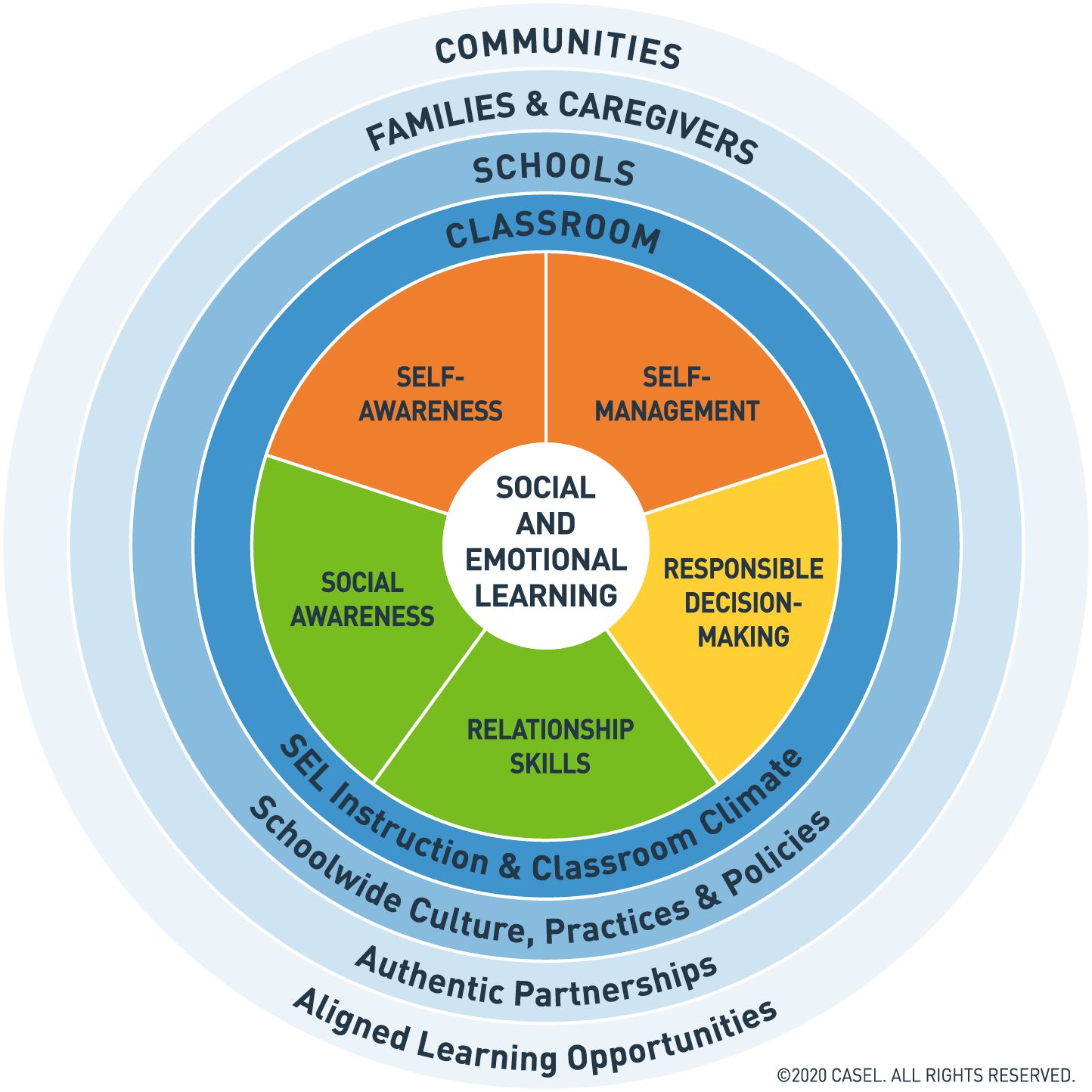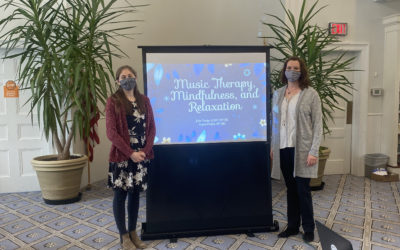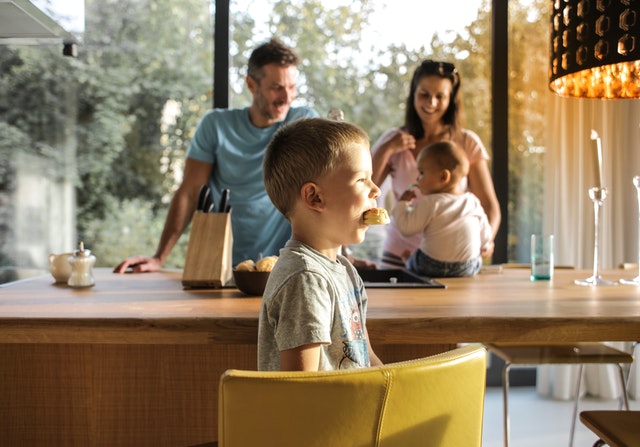Blog...

Book: Change Sings – A Children’s Anthem
Blog post written and submitted by Kayla Davitt, MT-BC
In today’s world, there’s turmoil. There’s anger. Strife. Arguments. There are people around the world engaging in dehumanizing behaviors. I don’t know about you, but thinking about everything that is going on in the world today makes me feel discouraged. However, my discouragement changed into hope when I read Change Sings: A Children’s Anthem by Amanda Gorman and Loren Long.
In this stunningly illustrated book that takes Amanda Gorman’s poem to a new level, you encounter the journey of a young girl who is making changes in her world, one small step at a time. The story begins when a young girl, who is never given a name, is holding on to her guitar and thinking about some of the famous people in history whose changes have impacted our lives today, such as Martin Luther King, Jr. The young girl is inspired by a mural of Martin Luther King, Jr. to go out into her community and begin making changes: cleaning up a local playground, giving food to the needy, aiding the elderly, and building a ramp for another child in a wheelchair.
Throughout her journey, the young girl encounters children of all different backgrounds. She gives each child their own instrument and, as the story progresses, a band develops with each child added as an important piece of the ensemble. This metaphor is awe-inspiring: we can come together (like a musical ensemble does) to make changes in our community for the better!
As you read this story with your child, don’t be afraid to discuss some of the moral dilemmas we are faced with today, such as inequality and prejudice. With no children of my own, I cannot speak from experience when discussing the dilemmas mentioned. However, I don’t think it is ever too early to have these discussions with your child. Ask your child what they can do to make their community a better place. Maybe they could help clean up their local playground or take a meal to a neighbor in need. Remember, no good deed is too small!
Stephanie Leavell, a fellow music therapist, has written a song to accompany this storybook. The song and the melody lends itself wonderfully to make this inspiring storybook even more impactful. Please enjoy this recording as I sing the melody Stephanie wrote.
Change Sings: A Children's Anthem
We hope you enjoy reading this book with your child this school year!
If you wish to purchase this book on Amazon, you can do so here.
Happy reading!

